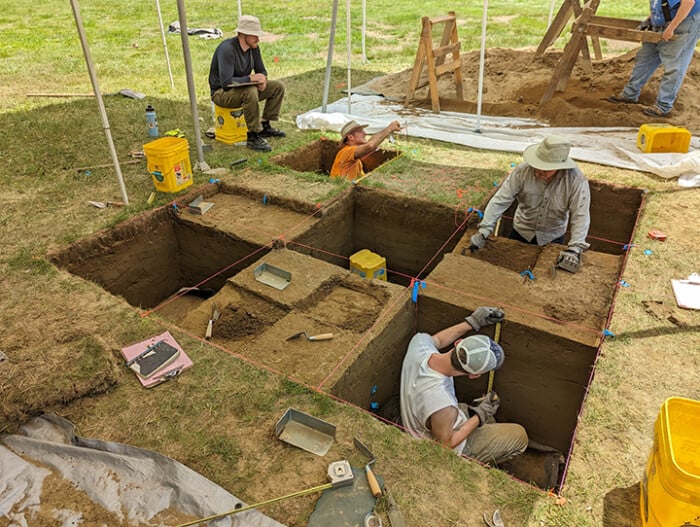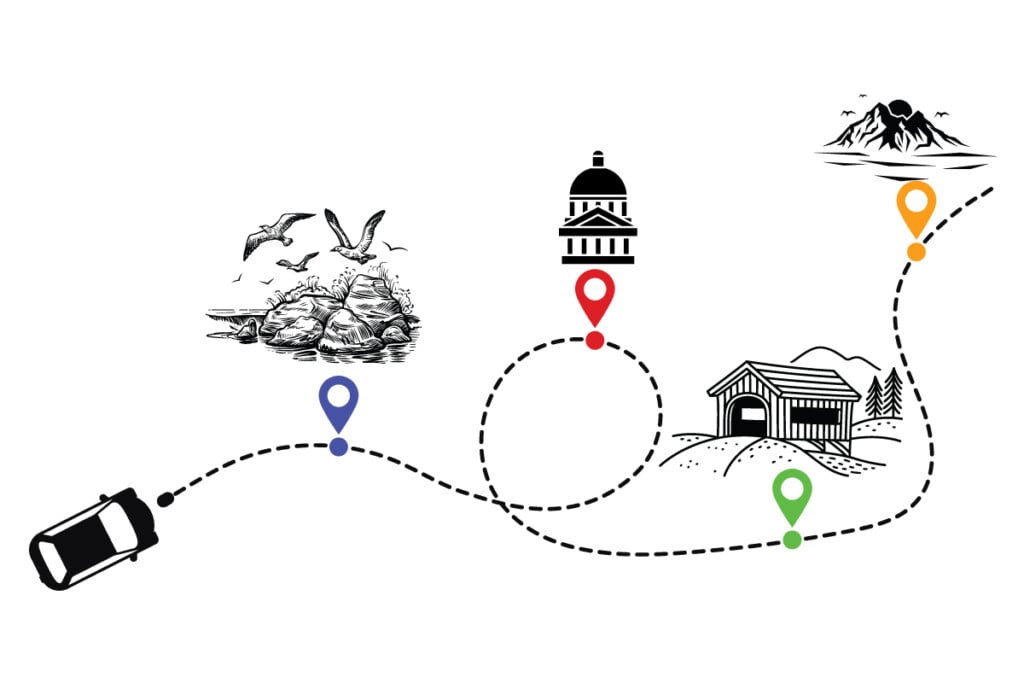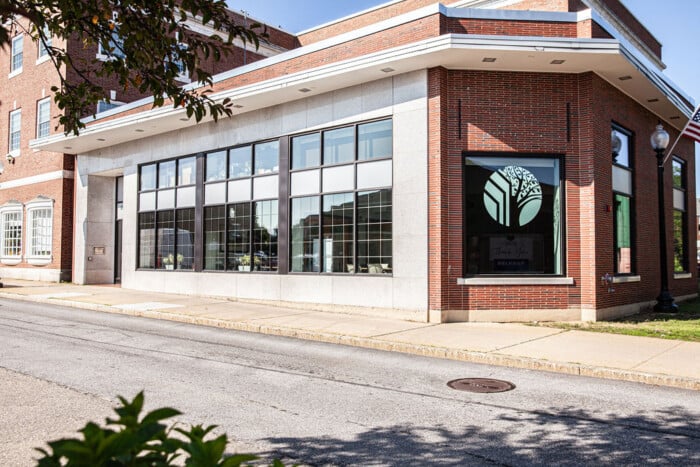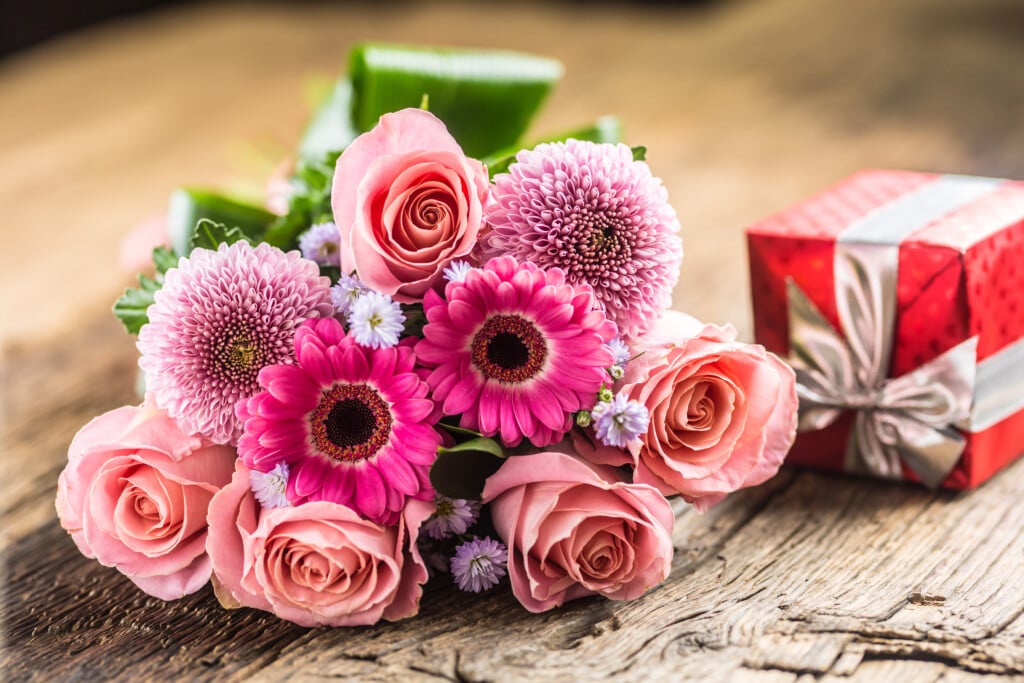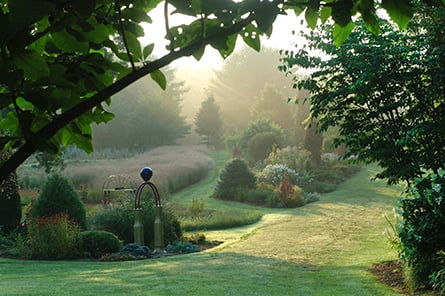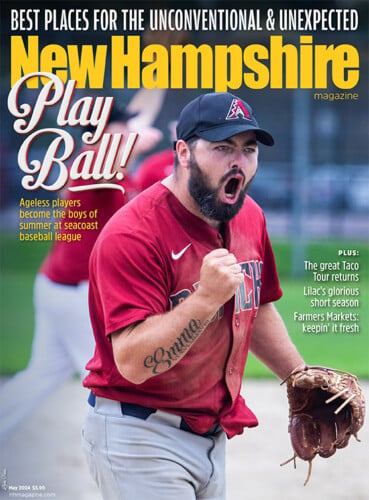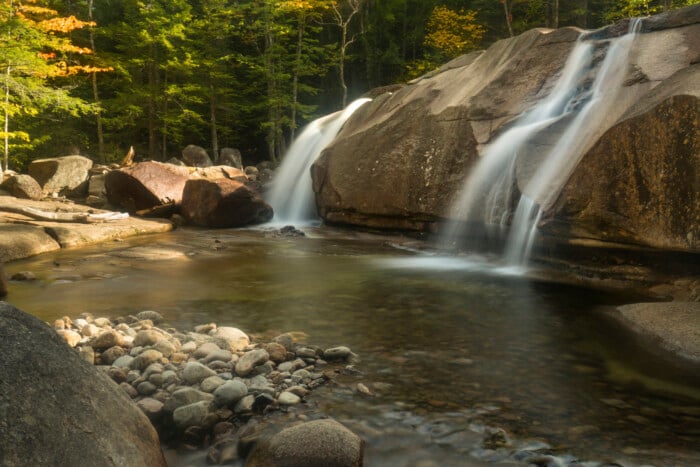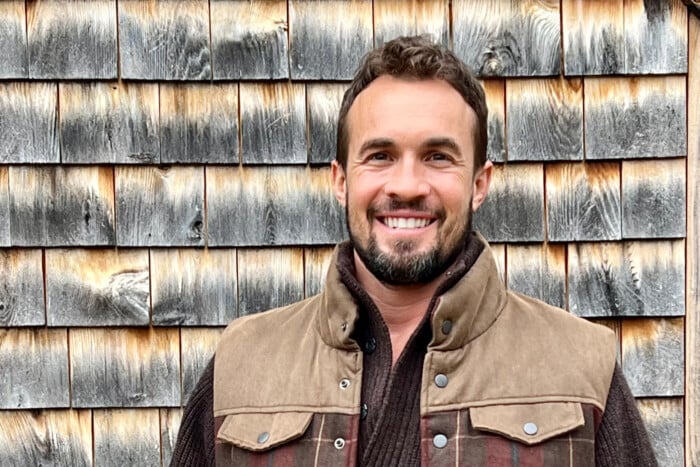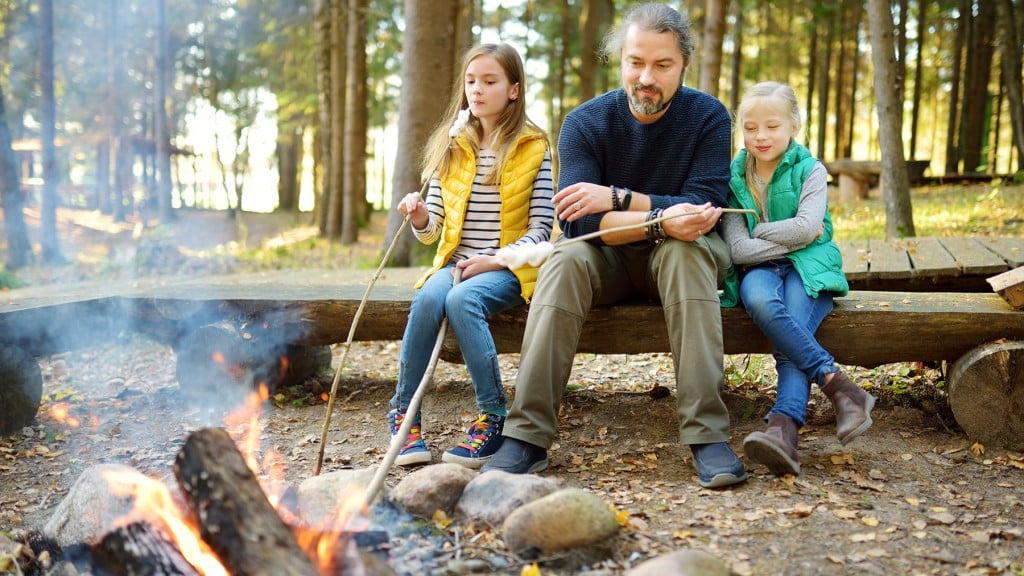Birches: Learn About New Hampshire’s State Tree
A loving look at our official state tree

The Shelburne Birches in Gorham, NH. Photo by Jane Wingate
As kids, dreaming away our summers at a lakeside cottage, we peeled strips of bark off the birches, just for the fun of it, without giving any thought to whether or not such girdling would harm the tree. (It does.) For a time — maybe because we kids were all adept canoeists, and maybe in part because my father often called us a “pack of wild Indians” — I imagined living among Indians, like James Fenimore Cooper’s Natty Bumppo, cruising rivers and lakes in my birchbark canoe, living in my birchbark teepee. It didn’t matter that Natty Bumppo, born of white parents, grew up with the Delaware Indians. He could just as easily have grown up with New Hampshire’s Abenakis.
The white birch, or canoe birch, is also called the paper birch because sometimes the strips of bark were used to write on. A summertime chum and I became winter pen pals, and — this dates us, and tells us how tolerant the post office used to be compared to its corporate self of today — once I wrote her address on a piece of birch bark, stuck a couple of stamps on it and put it in the corner mail box, just to see if the post office would deliver it. (It did.)
Designated in 1947 as New Hampshire’s official state tree, the white birch (Betula papyrifera) is as much loved as our maples that give us syrup in spring and glorious color in autumn, or as our white pines and other evergreens whose feathery foliage provides a cool background for the flaming maples before winter turns the landscape white and gray.
Among the grays and browns of the other trees, the birches’ creamy white trunks are the grace notes of the woods. In spring, their chartreuse leaves shimmer in the breeze, like the leaves of the quaking aspen (Populus tremuloides) — also called poplars, or “popples” by an old Yank I once knew. And in autumn, the birches’ white trunks and clear-yellow leaves against a clear blue October sky are as gladdening as a row of fiery maples reflected in a swamp.
Fast-growing and relatively short-lived (60 to 80 years — never more than 140 years), the white birch, a tree of the north woods, colonized extensive areas after natural wildfires of the late 1800s and early 1900s. Shallow-rooted, the tree is vulnerable to being knocked over by strong winds, and its supple branches yield easily to ice storms.
White birch saplings, especially those younger than 15 to 20 years, can be easily confused with young gray birches (Betula populifolia). The best way to identify a white birch is by studying its leaf, which is ovate (oval), with a sharply serrated edge.
Two white birches are currently co-champions on the University of New Hampshire Cooperative Extension’s Big Tree Program’s list. One, in Stoddard, is 87 feet tall, 116 inches in circumference and has an average crown spread of 62 feet. The other is in Sandwich. That tree is 80 feet tall, a whopping 124 inches in circumference and has an average crown spread of 46 feet.
The Algonquin tribes of the Northeast used bark and other parts of the tree in a variety of ways. In an excellent article by the University of Massachusetts Amherst, we read that “in times of famine, the inner bark could be eaten …” We also learn that “the tree could be tapped in the same manner as a maple. The sap thus obtained was drunk as a beverage and, when boiled down, was used as the basis for teas, vinegar and sugar to sweeten medicines.”
The idea has been floated that New Hampshire could be famous for making birch syrup.
David Moore, who owns The Crooked Chimney sugar house in Lee, the state’s only known commercial white-birch sugaring operation, has learned that the white birch puts out the sweetest sap of all the birches. Gathering birch sap is essentially the same as gathering maple sap, though processing the former is more labor intensive than processing the latter. Because white birch sap isn’t as sweet as that of the maple, it takes 100 gallons of the stuff to get a gallon of syrup. (Forty gallons of maple sap yield a gallon of syrup.) No wonder David Moore charges $300 for a gallon of his brew.
According to Michael Farrell, director of Cornell’s Uihlein Sugar Maple Research and Extension Field Station, birch syrup tastes like molasses — fruity molasses: “It’s not the kind of syrup you’d want to put on pancakes; it tastes much different than maple syrup.” He says the main market for birch syrup is upscale chefs, who use it for sauces, marinades and dressings, and that producers in Alaska have started to ship it to overseas markets like Italy.

The Crooked Chimney sugar house in Lee. Photo courtesy of Crooked Chimney
Farrell says he does expect to see more birch syrup on supermarket shelves eventually, but that there’s not that much produced as yet. That will likely change when more producers realize they can extend their season with birch syrup because birch trees start to produce sap right after the maple season is over, and the same equipment can be used.Most of us will never have to resort to eating the inner bark of the birch, though it’s good to know we can, when the End Time comes. I can’t imagine us forsaking maple syrup in favor of white birch syrup. We’re not about to give up our stainless-steel pots in favor of birchbark pots made leak-proof with pine pitch. And while we may romanticize birchbark canoes and teepees, we do love our plastic kayaks and our high-tech camping gear.Alongside the knickknackery and gimcrackery featuring the Old Man of the Mountain, the souvenir shops around the state offer all manner of things crafted out of birch bark, including the ever-popular miniature versions of both canoes and teepees — great little playthings for the kiddies. If you don’t find what you want in the shops, Google for birchbark souvenirs. Hunt long enough, and — who knows? — you might even find a souvenir of the Old Man fashioned out of birch bark. The thought occurs: do the suppliers for those mountains of souvenirs get the bark from harvested trees — rather than by unwisely stripping, and thus killing, live trees? And that makes us ask: Are there any natural threats to the white birches?
After all, other trees have their problems. There’s speculation (though apparently no definitive proof) that the maples are being stressed by acid rain and global warming. The destructive Asian longhorned beetle, found in other states, has not yet infested our maples, though it may yet do so.
Our hemlocks are under attack by the hemlock woolly adelgid, and now we are hearing about the emerald ash borer going after the ashes.
Alas, our white birches are not free from diseases, or from problems associated with the vagaries of weather.
Coos County Forester Brendan Prusik says, “Our birches are often attacked by a leaf miner, making their leaves turn brown before fall. That is probably the most conspicuous birch ailment currently. Like most pests they naturally come and go in severity, depending on weather conditions, etc.”
While white birches may be found throughout the state (especially north of Laconia), there are some notable roadside stretches of them — for example, along Rte. 16 in North Conway, and all along the Kancamagus, (New Hampshire Rte. 112) that stretches from North Conway to Lincoln. On Rte. 2 in Gorham are the famous Shelburne Birches, a memorial park honoring local war veterans.
County foresters are gold mines of information about the state’s white birches. Prusik says “many of the large white birch stands in Coos County originated when the Hurricane of 1938 blew down thousands of acres of forest. Subsequent fires helped prepare the site for birch seeds to regenerate. Now, three-quarters of a century later, those stands are old and giving way to later-successional species.” Prusik mentions birches on the hillsides across from the old paper mills in Gorham and Berlin, and recalls hearing their origin was fire.
Prusik also says the Shelburne birches, and other aging stands, are in pretty significant decline and those who wish to maintain the birches must encourage their growth by making significant cuts to provide sunlight on the ground. Apparently Prusik’s advice is being followed; areas of the Shelburne birches, undergoing renovation since 1998, have been thinned to promote the growth of more birch trees.
Grafton County Forester Dave Falkenham says the stands he sees are usually on hiking trials in the White Mountain National Forest, like the Blueberry Mountain hiking trail in Pike. He also suggests the Black Mountain State Forest in North Haverhill, north of Hanover on Rte. 10.
Hillsborough County Forester Jon Nute points to the Birch Allee at the Augustus Saint-Gaudens National Historic Site in Cornish. (See June’s New Hampshire Magazine for George Kelly’s fine piece about the Saint-Gaudens estate). James Haaf, gardener at Saint-Gaudens, says, “The 75-tree, 600-foot-long Birch Allee was planted around 1950, after the death of Augustus Saint-Gaudens. Additionally, a grove of 10 white birches are in the Pan Pool Garden near the Birch Allee. Saint-Gaudens used these trees as a major design feature that complements the large white exedra, a semi-circular bench. A few of these trees are original and date to about 1894. Their extreme age is unusual for white birches. With [so many] white birch trees growing in a relatively small space, I feel the park would be of interest for anyone wanting to see these lovely trees. I frequently hear comments about the trees from visitors who come from areas of the county where white birch do not grow.”
Tim Tenhaven, chairman of the Merrimack Conservation Commission, says there are some good white birch stands in Merrimack. Most notable is a stand in the Horse Hill Nature Preserve along the middle of the Loop Trail. Read about that nature preserve, and see the trail map here.
For serious hikers, Ruth Doan MacDougall points to a three-day backpack — Hike 49, The Kilkenny — in “50 More Hikes in New Hampshire.” “Mill Brook Trail begins at the fish hatchery in Berlin, and soon there are white birches that are a preview of the beautiful birch forests ahead.”
If, like Robert Frost, you become “weary of considerations,” you might revive your spirits by seeking out the birch stands of the North Country. Or you might just amble into the nearest woods, happy to come across lone birches among the more somber trees.
As for me, I’m off to meet Natty Bumppo. We’re going for a paddle down the Connecticut in our birchbark canoe.
The Crooked Chimney

David Moore and his father locate the perfect place for the tap. Photo courtesy of the Crooked Chimney
Located in Lee, the Crooked Chimney is the state’s only known commercial white-birch sugaring operation. Did you know that it takes 100 gallons of the stuff to get a gallon of syrup?
Master Furniture Maker David Lamb
New Hampshire’s Fifth Artist Laureate
Master furniture maker David Lamb has crafted countless different varieties of wood to create his widely coveted works of art. But for one exceptional-looking native material, he skips the trip to his usual supplier and heads out into the woods. In fact, his efforts are geared toward the part of New Hampshire’s birch tree that usually ends up in most people’s fireplaces. The V-shape split, or crotch, of the white birch is what the 40-year veteran craftsman wants: “It’s the kind of thing you have to go out and find yourself.”
Crotch birch bears distinctive tattoos of straight, arched and marbleized grain patterns that ripple through the inside of the bark. Because these beautifully figured grain embellishments grow naturally in this part of the tree, the bark is sliced in thin veneers and laid over other wood surfaces to create decorative accents. For master furniture artists like David Lamb, using crotch birch is an opportunity to arrange the wood’s unique patterns into a kaleidoscope effect of light and dark shades. “It’s a real jewel and is still to this day not appreciated,” Lamb says.

A table made of birch by furniture master David Lamb.
Courtesy of David Lamb
|
Another coveted birch wood variation is the curly birch, or flame birch wood. Lamb says, “It’s more desirable for furniture because of its rare look,” which drives up the price compared to regular stock birch wood. Its pseudo-indented ribbons of light tan weave through the golden wood like an aurora borealis to create a dramatic three-dimensional wave effect.
Birch wood lends itself to more than just making plywood and toothpicks. The plain-grained sections of birch are commonly stained to create an affordable imitation of mahogany. Its pure, natural blond color makes birch wood a convincing imitation for satinwood, a rich blond-colored wood that is also used for veneer overlays. Birch’s domestic availability historically made it a less-expensive alternative to importing satinwood from eastern parts of the globe.
“There are a lot of people who take great pride in using native materials,” says Lamb.
And as the Granite State’s official tree, the birch’s beautiful décor accents certainly make this New Hampshire emblem something to be proud of. — Heather Ross
Traditional Artist Elaine Farmer
White Birch Fine Art
Elaine Farmer, chairman of the Londonderry Arts Council, believes in giving back. Her painting “Snow Birch” (shown below) was recently chosen and reproduced on the back of holiday cards for CASA (Court Appointed Special Advocates).

“Snow Birch” by Elaine Farmer
Courtesy of Elaine Farmer
|
“Growing up in Massachusetts, I lived away from New England for 17 years of my adult life. The birch tree became the epitome of coming home to New England. To this day, I paint a birch tree, in some form, into all my landscape paintings as a symbol of my loyalty to my roots.
Birch Wood Flooring in Your Home
 |
Birch is a fine-grained wood known for its satin-like sheen. Birch sometimes exhibits ripple figuring, similar to curly or tiger maple, and then it is known as “curly birch.” Flame birch is another name for the figure that sometimes appears in birch.
Art•i•facts: The Mount Kearsage Indian Museum in Warner
The Mt. Kearsarge Indian Museum in Warner is committed to connecting people to the area’s rich history of Northeast Native Americans. The museum is constantly adding and updating to their exhibits, demonstrations and activities to bring the world closer to understanding the past. For more information visit indianmuseum.org. One of every culture’s main ways of expression is through their crafting. Abenaki tribes since the 1800s have been using birch as a material and resource for various crafts. Birch has always been an especially useful material because of how thin and pliable it is. The museum has more than 100 birch items in their main gallery, all made by Abenaki tribes in the Northeast. The items include canoes, decorative pieces and even a hamper. — Madison Kramer
 |
 Birch bark artifacts at the Mt. Kearsarge Indian Museum in Warner. Photos courtesy of the Mt. Kearsarge Museum. |
Landscaping Tips: Plant Your Own Birches
With its graceful stretches of snowy white bark, it’s hard not to admire the effortless beauty of a thriving birch tree. Embedding its roots in New Hampshire (literally) as the Granite State’s official tree, the white birch, otherwise known as the paper birch or canoe birch, is a classic New England emblem that can be added to almost any landscape.
Because every yard has different conditions, the success of a birch tree in a specific location depends on the soil structure. “They’re not going to like hot, dry, windy areas,” says New Hampshire landscaping expert Laurence S. Coronis of Coronis Consulting. According to the USDA, birch trees thrive naturally on cool, moist soils and usually perform best with afternoon shade. Its shallow root structure makes the birch tree less sturdy in soil regions that dry up quickly.
The tall, thin frame of the birch is great for offsetting a garden full of knee-high annuals and shrubbery. Its crisp white color provides an ideal juxtaposition to a yard full of brown trees, while single or multi-stem growth variations make each birch unique.
 The Shelburne Birches in Gorham, NH By Jane Wingate |
Coronis, who holds a degree in plant science, recommends planting birches in a natural setting with rich soil. “The best thing for any tree is to not have grass under it because grass roots compete with tree roots,” Coronis warns. Instead, he suggests preparing the base of the tree with a wide bed of mulch and decorating it with colorful perennials or ground covers, which are less competitive than grass. “The bigger the mulch bed the better,” he says.
As for pesticides, the more-than-30-year veteran landscape professional prefers organic methods of pest control, which mean creating healthy soil before planting. “It’s just like building a home,” says Coronis. “If you build the right foundation, the house will stand forever.” Coronis recommends preparing the ground with nutrient-rich compost, topsoil and microbes to help the roots grow strong and healthy.
Still unsure where in the yard to plant your new white birch tree? Try mapping it out like the professionals.
“I always recommend that someone does a conceptual design of the entire yard, even if they’re not going to do it all at once,” says Coronis. The ahead-of-time prep not only offers a visual plan of how the potential finished product is going to look, but it’s also your chance to get creative, take control and show off your green thumb. — Heather Ross

Birch Polypore. Photo by Jane Wingate
Friends and Foes
Pesky Birch Borers and the Heartbreak of Birch Polypore
Some birch lovers do not have the trees’ best interests at heart. Take the bronze birch borer (please) that dines upon the inner growing bark of the tree, ultimately damaging its roots.
Meanwhile chaga is a parasitic fungus that is as unsightly (it looks a bit like a giant burnt marshmallow stuck to the bark) as it is destructive.
The birch polypore attacks and eventually rots the tree. But if you like to see the good in everything, even tree fungus, or if you’re into herbal medicine and shamanesque stuff, Google birch polypore — and chaga. You’ll find a glut of youtubes and associated lore about their medicinal properties.
Birds Who Call Birches Home

White birch is a nesting site for woodpeckers, chickadees, nuthatches and swallows who live in holes and other cavities in the tree. The seeds, buds and catkins are eaten by birds including redpolls, siskins, chickadees and grouse.
